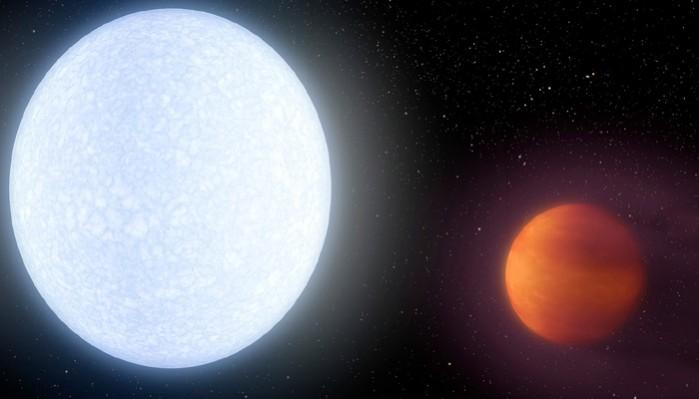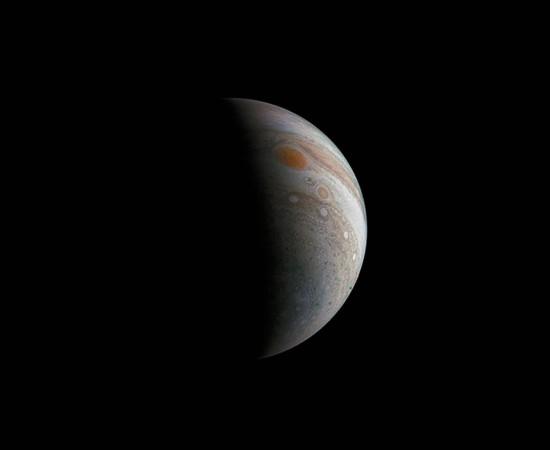
A new exoplanet has been discovered which is being vaporized by its own star. This finding has been made with the help of Kilodegree Extremely Little Telescope (KELT).
Also Read: NASA to launch new manned Mars rovers in 2020
The temperature of this newly discovered planet -- dubbed KELT-9b -- has got a dayside temperature hotter than around 4316 degree Celsius (7,800 degrees Fahrenheit) which is found to be hotter than most of the stars.
This planet is orbited by a blue A-type star – called KELT-9 – which is much hotter and is believed to unravel the planet through evaporation. "This is the hottest gas giant planet that has ever been discovered," said Scott Gaudi, the lead author of the study and an astronomy professor at The Ohio State University in Columbus.

This strange planet is 2.8 times more massive than the gas giant Jupiter and possesses half its density. Whereas, its 300 million-years-old KELT-9 is a young star and is twice as big and hot as our Sun.
This star is killing its own exoplanet
"KELT-9 radiates so much ultraviolet radiation that it may completely evaporate the planet," said Keivan Stassun, a professor of physics and astronomy at Vanderbilt University, Nashville, Tennessee, who directed the study with Gaudi.
"KELT-9 will swell to become a red giant star in a few hundred million years. The long-term prospects for life, or real estate for that matter, on KELT-9b are not looking good," Stassun added.
The half lit, half dark exoplanet
This exoplanet is tidally locked to its star, just like the Earth is to the Moon. One of the sides of the exoplanet faces its star while the other one is always in perpetual darkness.
The dayside of the planet can't lead to the formation of molecules like methane, water and carbon dioxide as the planet gets exposed to the UV radiation. It's still a mystery whether the nightside of the planet has the presence of these building blocks of life.
"It's a planet by any of the typical definitions of mass, but its atmosphere is almost certainly unlike any other planet we've ever seen, just because of the temperature of its dayside," Gaudi stated.
Though the KELT-9b exoplanet is not habitable, the researchers still want to examine the planet with the help of NASA's Spitzer and Hubble space telescopes, and eventually the James Webb Space Telescope (JWST). This is likely to take place in the year 2018.
Nature, the journal, described this strange exoplanet in a presentation at the American Astronomical Society summer meeting on 5th June 2017, in Austin, Texas.














